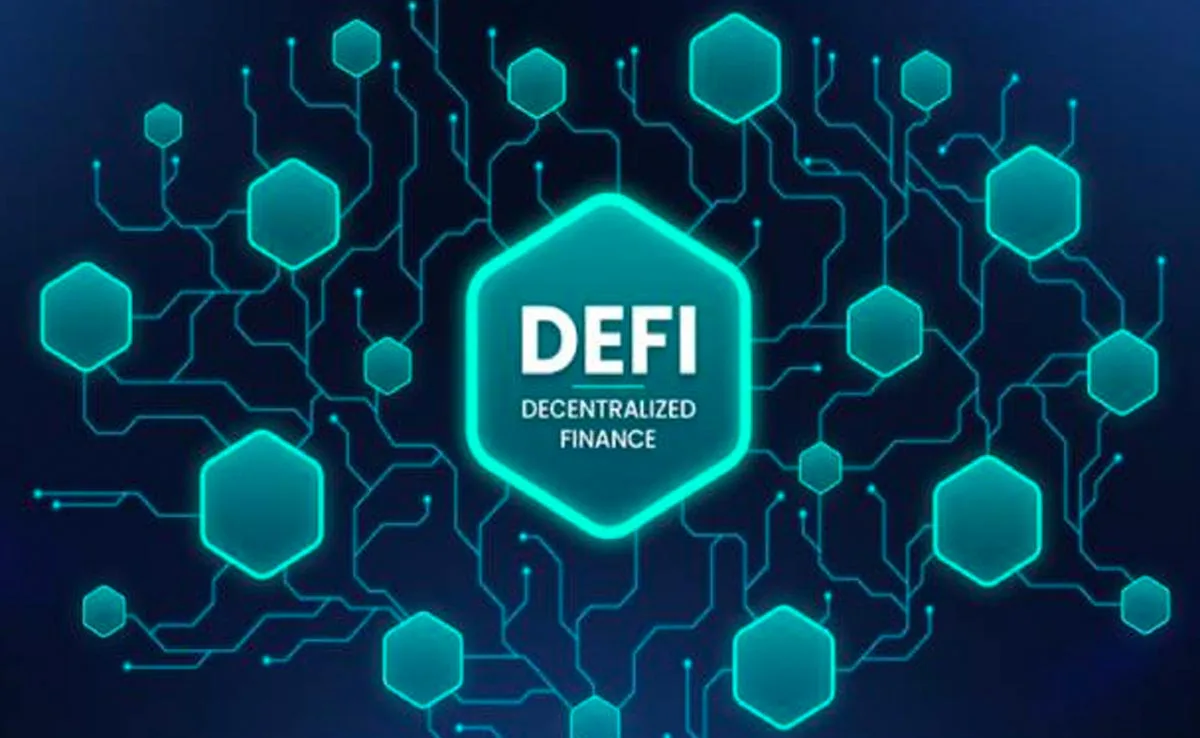The Rise of Decentralized Finance – What You Need to Know
Decentralized finance promises to deliver an improved financial experience. By cutting out middlemen and streamlining transactions directly, service fees can be drastically reduced while assets can be moved quickly between accounts.
Before beginning DeFi, it is essential to understand its risks. Here are a few considerations:
What is DeFi?
Decentralized Finance, or DeFi, utilizes blockchain technology to enable peer-to-peer lending and borrowing transactions between individuals without financial institutions acting as middlemen – saving both time and money in the process.
DeFi is unlike traditional financial systems in that it operates via the internet and doesn’t require physical space for its operation. Instead, its blockchain platform runs on the internet and is managed using smart contracts which minimize human intervention while mitigating security risks.
DeFi offers people the ability to trade cryptocurrencies without relying on a central exchange, giving them more control of their own funds and increasing financial autonomy. Furthermore, many DeFi apps enable users to generate income by lending crypto out or yield harvesting strategies such as yield harvesting. While the use cases for DeFi are exciting, hackers and other risks must always remain present and participants should therefore take steps to safeguard their assets prior to engaging with DeFi.
What are the Benefits of DeFi?
DeFi uses blockchain technology and smart contracts to replicate many of the same financial services people take advantage of today without central platform operators or intermediary intermediaries, mitigating counterparty risk, lowering fees and automating processes that were once manual.
DeFi can also empower everyday people by bypassing institutions with high fees for financial services such as brokerages, exchanges and banks that charge high service charges – helping reduce costs while expanding access to capital for all.
DeFi has evolved into an ecosystem of applications and protocols that is revolutionizing how we interact with financial systems. DeFi users usually interact with these tools via decentralized apps (dApps) on platforms like Ethereum. DeFi dApps give individuals direct control over their assets while giving access to various financial services including P2P payments, lending, trading, swaps derivatives asset management. All transactions on DeFi platforms take place under secure cryptographic keys known as wallets that only its owner has access to.
What are the Risks of DeFi?
As DeFi develops, it’s crucial to be mindful of its risks. Some of the greatest are legal and regulatory obstacles posed by DeFi platforms – for instance, having certain cryptocurrencies classified by the Securities and Exchange Commission as securities may greatly impede them.
Hackers and other malicious actors pose another potential threat to DeFi platforms. This could occur via malware infections or hacking techniques used to access wallets storing coins, as well as theft from wallets themselves.
DeFi is still relatively new technology that may be vulnerable to technical bugs and price volatility, so investing should only be undertaken by those who possess a high tolerance for risk.
How Can I Benefit from DeFi?
DeFi makes it possible for anyone to trade cryptocurrencies and access financial services without relying on middlemen like guarantors. All that’s required to participate in DeFi is a digital wallet to store crypto assets, plus some DeFi protocol coins (known as tokens). With these, users can trade on decentralized exchanges as well as peer-to-peer trading and lending.
DeFi relies heavily on smart contracts–lines of code embedded into blockchain networks–to ensure contract terms are fulfilled. They can monitor loan agreements and automatically execute collateral releases if conditions aren’t met; or supervise agricultural drought insurance policies that cover payments if rain does not fall as expected.
DeFi is a decentralized financial market and as such does not offer the same protections as traditional centralized markets do. Therefore it is crucial that investors understand this is an unregulated investment platform with limited protections; do your research before investing more than they can afford to lose.





